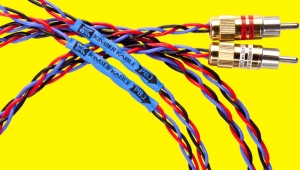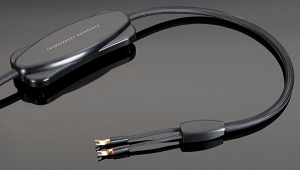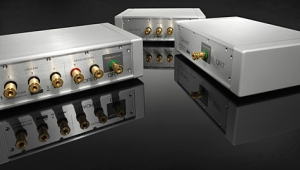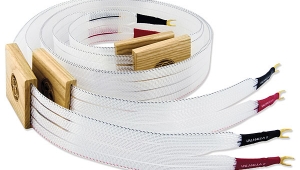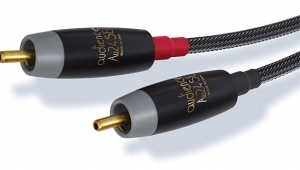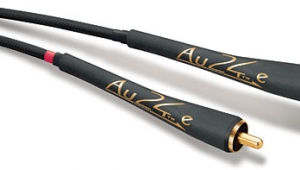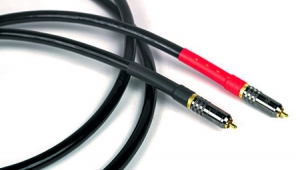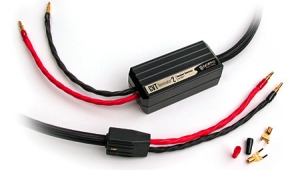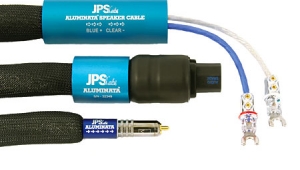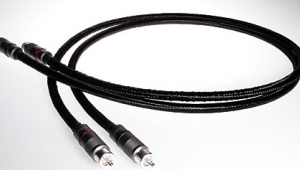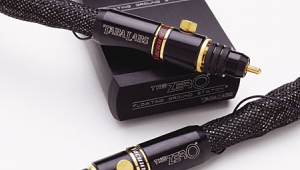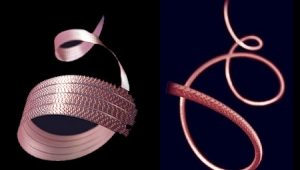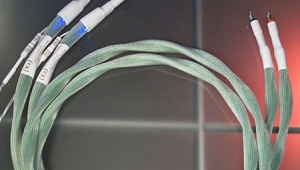| Columns Retired Columns & Blogs |
A marketing company's idea of specifications gladly passed along to the end consumer by it's advertising agency/independent reviewer:
"Prices: MI-750 Shotgun speaker cables (single-wire): $999/8' pair, plus removable Iconn ends ($9.95-$25.95/4). MI-330 Proline Shotgun interconnect: $849/1m pair, $1289/25' pair. Approximate number of dealers: 174. Warranty: 1 year."
-Nice specificaitons! And your measurements that support the two pages of advertising BS prior to the "specifications":
" "
Yes Stereophile is living up to its promise as Advertiser-In-Chief for the ever shrinking community of grossly insecure and OCD suffering "audiophiles". Thanks for your valued contributions to both advancing music reproduction and catering to the mental impairments of your tiny band of followers/believers - for a tidy profit, of course.


